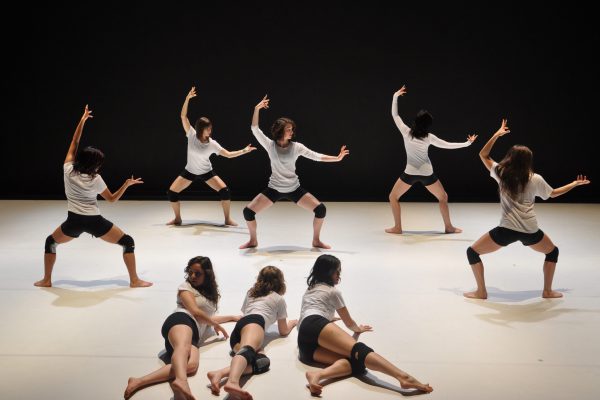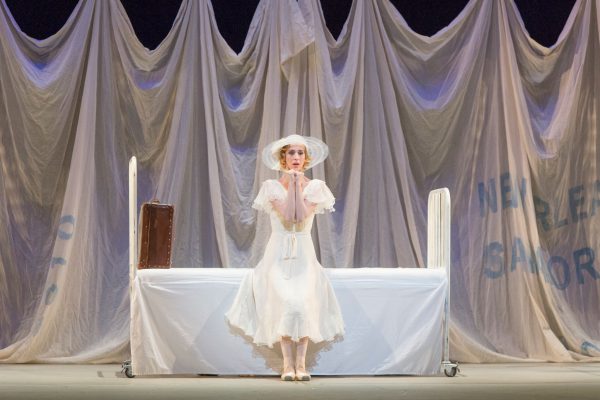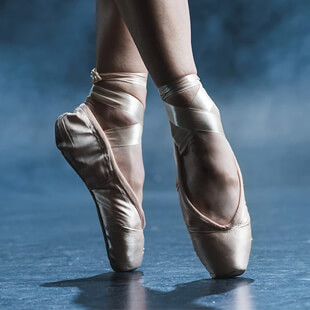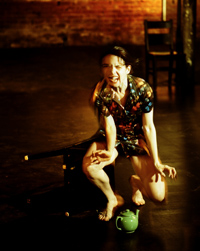During the last provincial election in 2017, the BC Liberals, BC Green Party and BC NDP committed to support the arts and culture sector. But now, as British Columbians head to the polls tomorrow, many artists across the province are looking for more support as they experience job losses and instability further exacerbated by the COVID-19 pandemic.
Behind Ontario and Québec, British Columbia contributes the third most to arts and culture GDP to the economy at approximately $7.1 billion according to Statistics Canada. The province also has the highest concentration of cultural workers in the country, according to the 2016 Hill Strategies report. Despite these high numbers, Brenda Leadlay, executive director of BC Alliance for Arts and Culture says, “There just isn’t enough funding to support the work that’s happening in the province.”
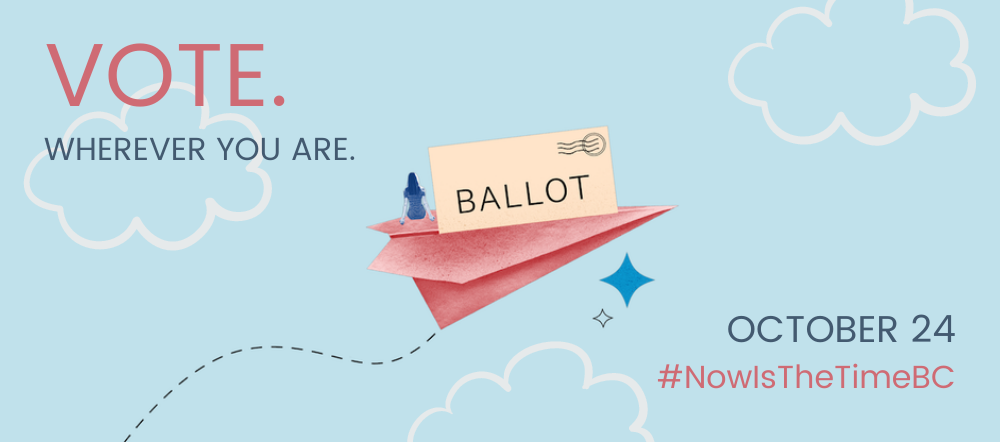
With the election approaching, BC Alliance for Arts and Culture requested the BC Arts Council (BCAC) budget be doubled from $24 million to $48 million in a letter addressed to BC NDP, BC Green Party and BC Liberals. “The pot needs to be bigger because it’s always been too small,” says Leadlay. Signed by provincial arts associations and alliances, the letter also requested a critical need for increased access to grants for Indigenous, racialized and marginalized communities.
So far, on September 17, just before the election was underway, the NDP announced $21 million for the arts and culture sector. Leadlay says that while they are feeling fortunate about this recovery funding, she hopes this support continues into the next election.

Ralph Escamillan, executive director and founder of Van Vogue Jam, specifically hopes that the next government lends more support for individual and emerging artists. Van Vogue Jam is a not-for-profit society that serves the ballroom scene. In Escamillan’s work as a performer, choreographer and teacher, he has seen certain parts of the artistic community left out, prompting him to create Van Vogue Jam in 2017.
Escamillan has applied for a number of grants at both federal and provincial levels, including the Canada Arts Council and the BC Arts Council. Over the years, he says he’s noticed that more established and traditional companies like provincial ballet and operas appear to win the majority of funding due to their legacy.
“Emerging artists also include people of colour and Queer artists, or street dancers like myself. I think there’s a large missed opportunity within the provincial funding for these kinds of artists,” says Escamillan.
Though he has earned funding after years of navigating the sometimes complicated grant application process, he hopes there is a focus on supporting non-colonial and Eurocentric dance styles and communities. Part of that support includes educating artists about how to get access to these grants.
“I think these funding bodies do try their best to be as transparent as possible about funding, but we have to understand the language we use, and the format of how we apply for this funding comes from a very specific classical colonial funding structure,” he says.
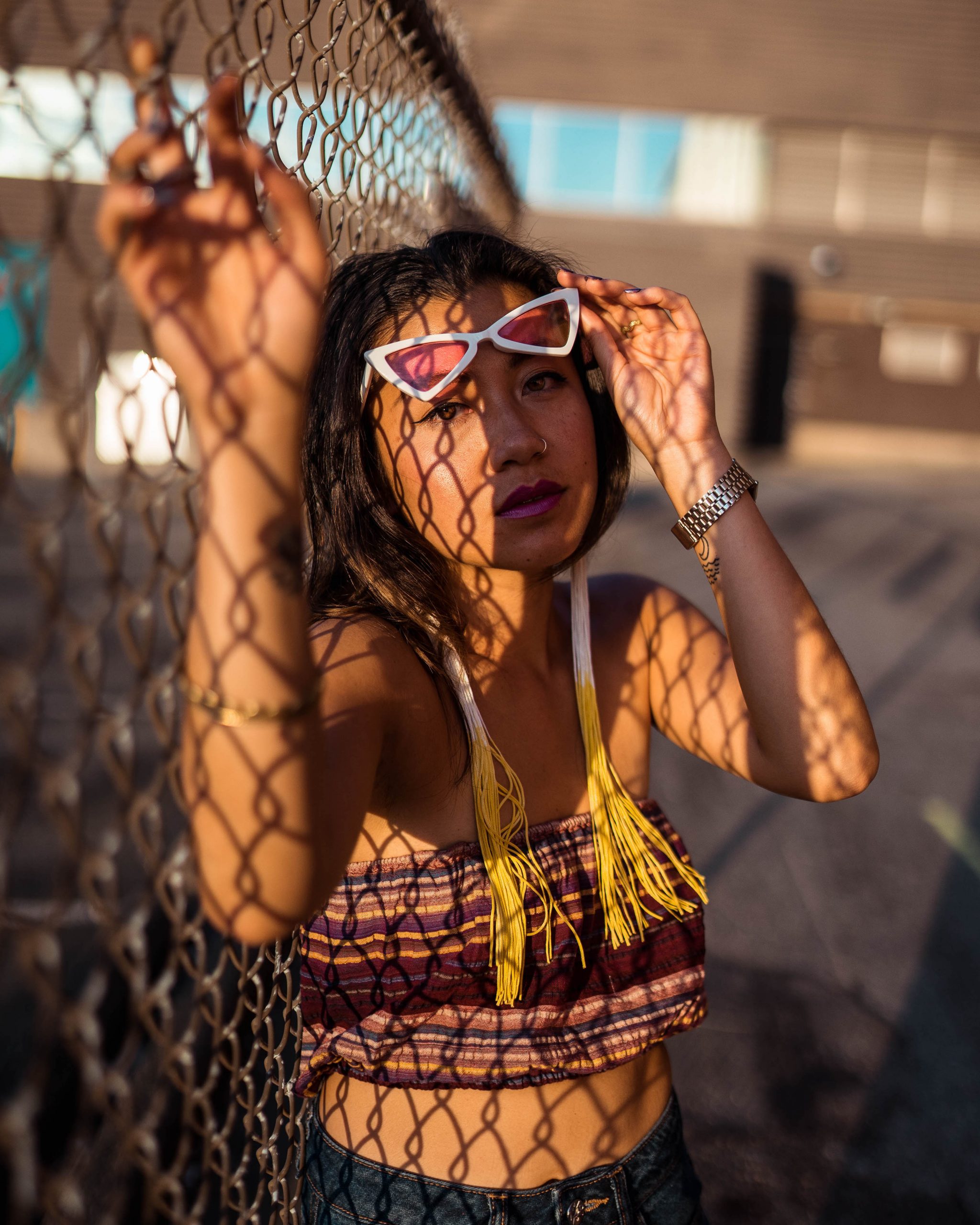
Char Loro, curator and founder of ShapeShifterStudio similarly says she has only just come to “grasp” the language of the grant funding process. Loro has been curating events for various artists, musicians and dancers for the past seven years in Vancouver. She says her underground culture and community has always used the do-it-yourself mentality and found community resources to work on projects. “Nothing would ever happen if we just didn’t do it ourselves,” she says.
In December 2019, Loro and her studio partner, Marianna Kownacka, wanted to further invest in ShapeShifterStudio’s live event productions and the street and club dance community. They rented a space at Gore and Union Street in Vancouver’s Hogan’s Alley. Loro says the space provided affordable and accessible space for BIPOC artists and was a space for artist collaboration. When she began upgrading the space, she invited Mexican-Canadian artists RBRTH to design an intricate mural featuring bold black lines that cascaded like waves below mountain-like shapes painted across the wall. She also resurrected elements from previous events including a large gold cross by Vancouver-based artist Patrick Christie, which he designed for hip hop group So Loki’s EP party produced by ShapeShifterStudio back in 2016. Dancers from Vancouver’s street and club dance scene flocked to the studio for workshops and sessions. The studio also hosted meditation, yoga, sound bowl healing and graffiti arts classes.
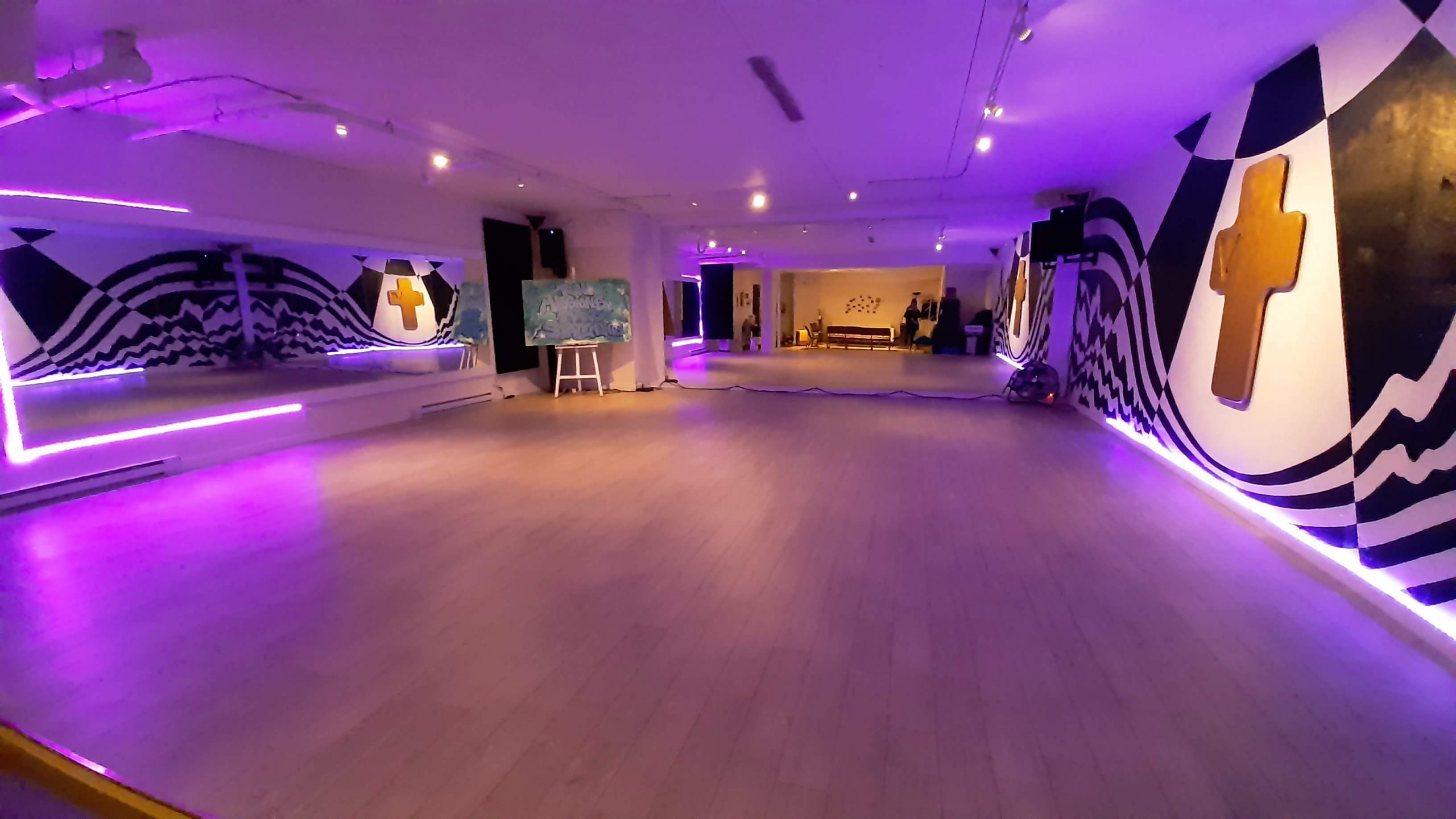
The studio opened successfully in January, but once the pandemic hit, Loro said goodbye to her recently renovated studio. Back in March, not much was known about rent relief programs and funding from the federal government. Not wanting to risk going into debt, and unsure if she would qualify for relief funds, Loro chose to shut down her brand new studio at the start of April. She is one of many artists who had to quickly adapt as events, classes and gatherings slowed to a halt due to the pandemic.
In 2018, the BC government made a commitment to fund the BC Arts Council by $15 million over three years. Organizations that received yearly operating assistance from the BC Arts Council saw a top-up to their funding, like Dancers of Damelahamid, a not-for-profit, Indigenous-led dance company.
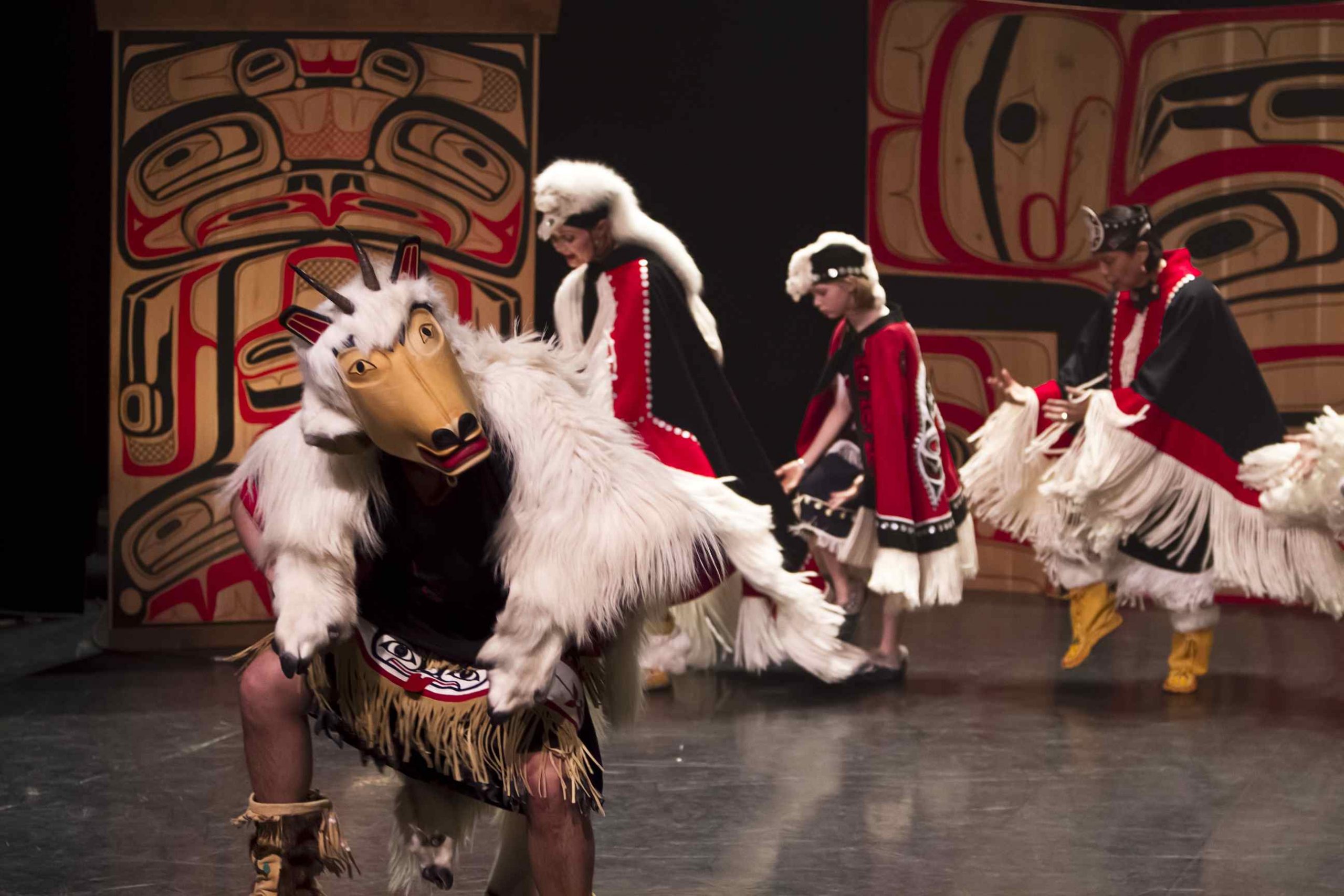
Andrew Grenier, creative producer of Dancers of Damelahamid, says that while the budget increase has been important for the company, he was pleased that the BCAC offered immediate relief following the shutdown from the COVID-19 pandemic. However, through the years that the BCAC has offered grants to their company, he says the recent increases could continue to perpetuate inequality among funding for artists.
“They basically just gave everybody a percentage increase based on what you had got historically,” he says. His company still did not meet the $20,000 minimum threshold for organizations on operating funding and had to be bumped up. He expresses concern that other smaller organizations might continue to receive a much lower percentage of funding compared to more established organizations.
Like Escamillan, Grenier says that while the BC Arts Council has acknowledged the need to provide access and assistance to the greater arts community in BC, the government funding bodies “need a systemic shift, which involves more than just funding the normal way of doing things.”
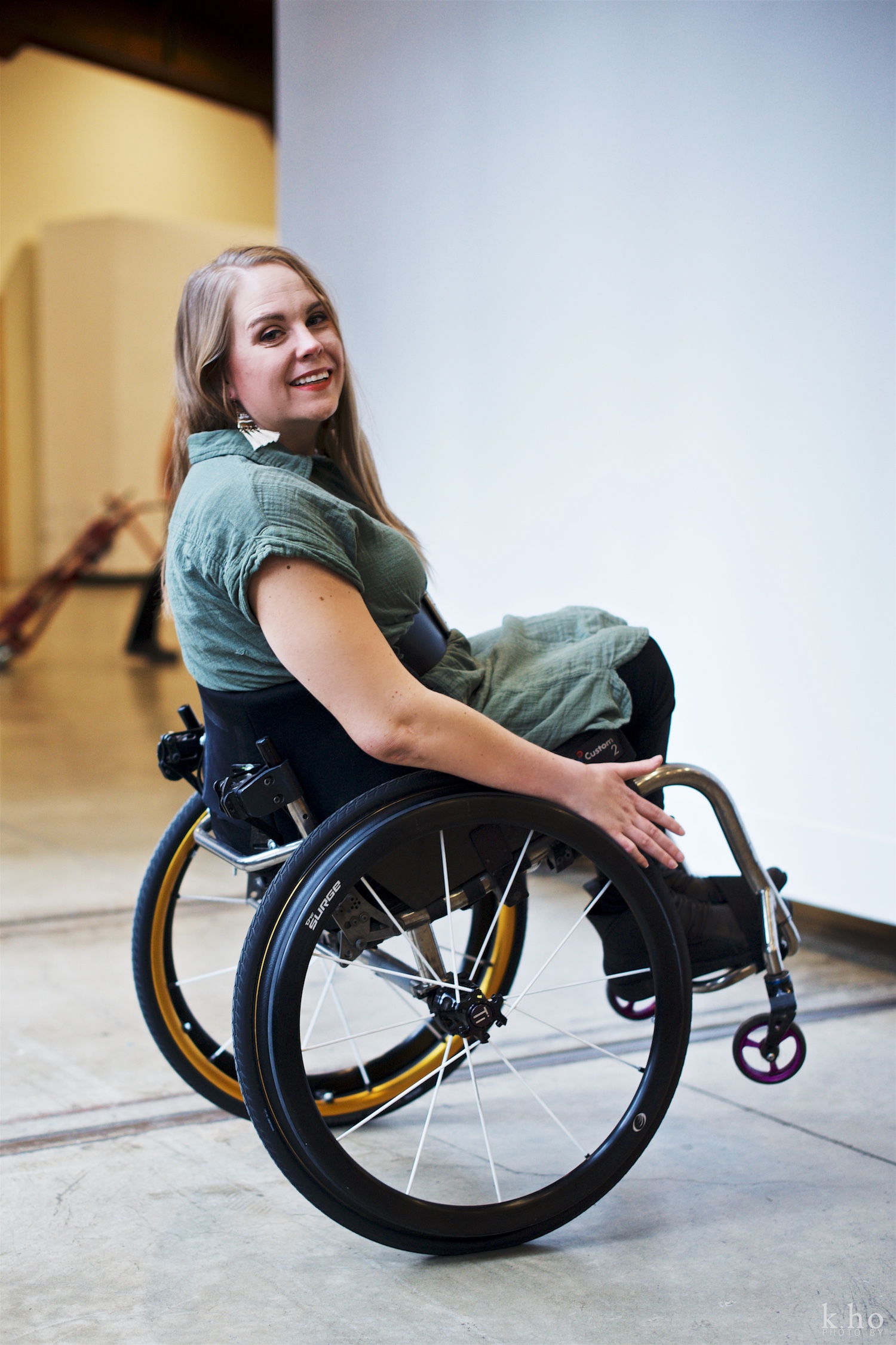
One such shift could be finding new ways to provide supplementary income for artists. Harmanie Rose works as a facilitator and artistic associate at All Bodies Dance, a dance company that provides dance for those with and without disabilities. She says the pandemic has allowed her to rethink what is needed for artists in BC and how beneficial a universal basic income might be.
“When I heard about the election, I was hoping because of COVID that there would be a lot more talk about human rights and universal basic income,” says Rose. She says it was interesting to understand that the federal government values workers at $2000 a month, with the announcement of CERB.
Rose regularly receives a Person with Disabilities (PWD) benefit from the BC government, which excludes her from applying for grants, as they are considered “earned income.” If she does apply, these grants can affect her living expenses. After All Bodies Dance closed and her work stopped in March, she then qualified for CERB without it impacting her PWD benefit. She and a friend also applied for a Canada Arts Council grant to create a digital short film about choreographing a duet across two cities and how space and times relates to the practice. This newfound financial stability gave her the opportunity to work on many artistic projects that she is passionate about, something that would have been harder economically for her solely receiving the PWD benefit, which only gives $1125 per month.
Rose isn’t the only artist to pose the idea of universal basic income in Canada. In April, three artists penned an open letter to the federal government on behalf of the Writers’ Union of Canada, Playwrights Guild of Canada, the International Alliance of Theatrical Stage Employees, the Canadian Federation of Musicians and the Canadian Actors’ Equity Association. Zainub Verjee, a visual artist, Clayton Windatt, a multidisciplinary artist and Craig Berggold, a media artist, outlined the need for a national universal basic income. They wrote that many artists don’t receive paid benefits, sick leave or employment insurance.
Because CERB finished in September, Rose expects many other artists might be feeling the pinch too. “There’s this myth that people who are given money just sit around and do nothing. But as somebody who has had to collect assistance for the majority of my adult life, I don’t sit around and do nothing,” says Rose.
Lisa Beare is the NDP candidate in the Maple Ridge–Pitt Meadows riding and former NDP Minister of Tourism, Arts and Culture. She says that while the BC Arts Council now has a record-high fund of $34 million, the NDP acknowledges there is more to do to support the BCAC. She adds that, if elected, the party is committed to providing a collective benefit fund for those who are self-employed, independent contractors and part-time workers. Part of this benefit will help give access to voluntary pooled capital pension plans for those who do not otherwise have coverage.
Additionally, to help artists and workers, the NDP is offering a one-time $100 benefit for families whose whole household incomes are under $125,000 (sliding scale up to $175,000 annually) or a one-time $500 benefit to single people earning less than $62,000 (sliding scale up to $87,000 annually.)
Beare says she worked on creating the online application portal for the BCAC to improve its accessibility. “I absolutely welcome any feedback at any point to help us streamline our application process and make it easier for under-represented groups to access and we will proactively do that,” she says.
The BC Green Party does not have a direct platform for the arts sector but has pledged to allocate $300 million to create a six-month rent subsidy program.
The BC Liberals have pledged to support workers in the cultural sector by protecting funding for arts and culture organizations forced to suspend operations as a result of COVID-19.
Artists looking for more information can go to ArtsVote BC, a non-partisan grassroots campaign that aggregates the parties’ platforms and promises in regards to the arts in BC.
Tagged: Uncategorized, Various, BC

